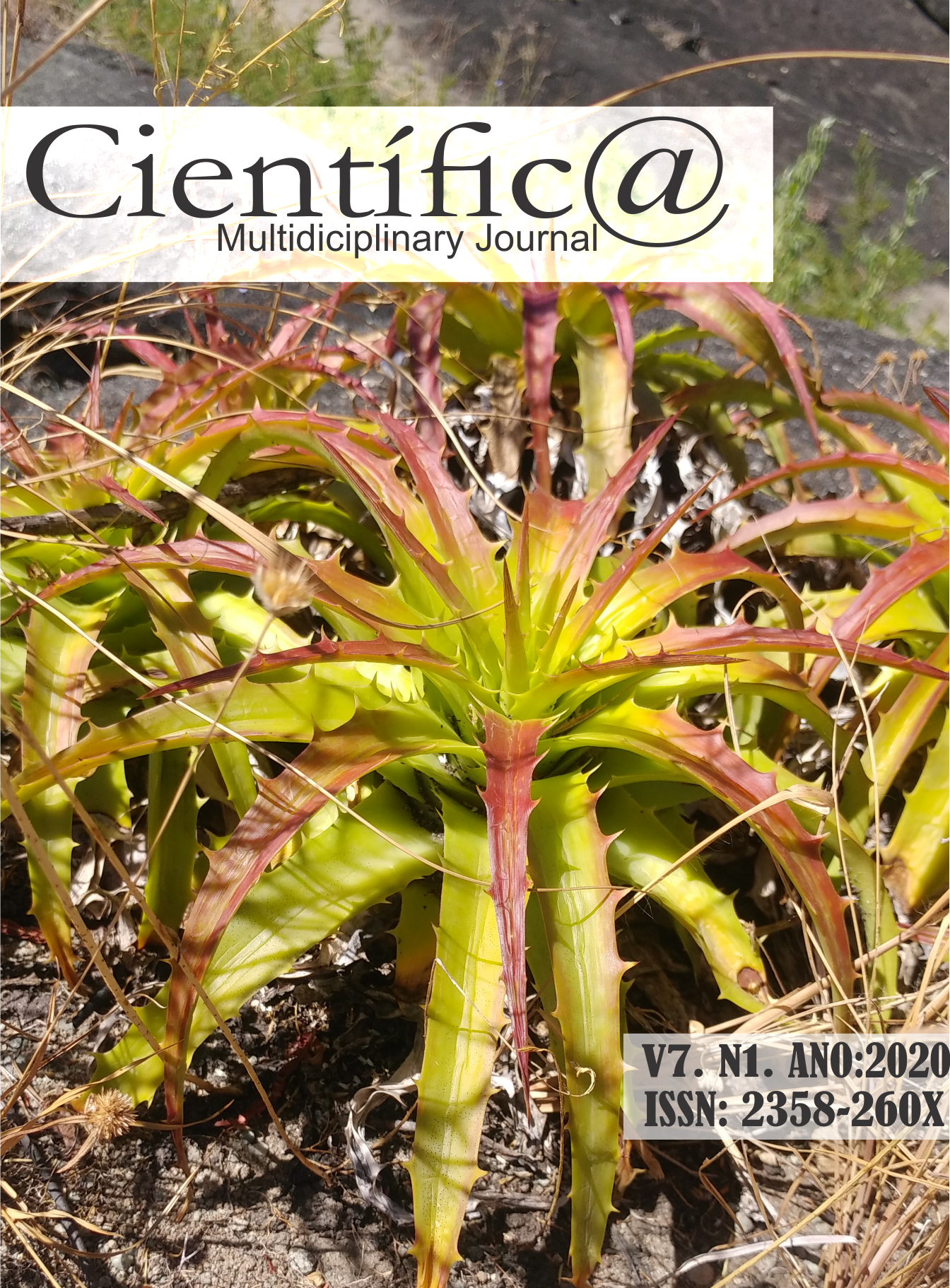PHYSICOCHEMICAL AND MICROBIOLOGICAL EVALUATION OF SOYBEAN EXTRACT DULCE WITH DIFFERENT SWEETENERS
DOI:
https://doi.org/10.29247/2358-260X.2020v7i1.4114Abstract
Dulce de leche is basically a product made from cooked milk and sugar until achieve the desired concentration and caramelization. The Brazilian dulce de leche production it is around 34,000 ton/year. This work aimed to evaluate the physicochemical (humidity, ash, pH and titratable acidity) and microbiological (total coliform and thermotolerant coliform) of soybean extract dulce with different sweeteners. Six formulations (Milk+sugar cane - MC, milk+ demerara - MD, milk + brown sugar - MB, soybean + sugar cane - SC, soybean + demerara - SD and soybean + brown sugar SB) were prepared. The results were submitted to ANOVA and the Tukey Test at 5% of significance to verify the interactions between the averages using the ASSISTAT. All samples presented contamination for coliform total after 48 h of incubation at 35ºC and the samples MB and SC presented higher contamination (43 MPN.g-1). To Titratable acidity there was statistical difference between MC and MB, 0.27% m/v and 0.18%m/v respectively. To pH, all samples differed statistically from each other, being SD the highest acidity (6.69) and the lowest acidity to SC (7.78). To humidity, the sample SC (31.34%) statistically differed from SB (11.95%) and MD (11.21%), but do not differed from the other ones. To ash, there was no statistical difference between SC (0.79%), SD (1.00%), but they differed from the other ones. There was no difference to sensory evaluation for all samples, but we recommend the sample MB to attending the standard of legislation and for it presenting higher score of acceptance. The results shown that the soybean dulce is a technological alternative to the regular dulce de leche, and attending to intolerant consumers for lactose.
Keywords: functional food, healthy food, sweeteners, lactose.
Downloads
Published
How to Cite
Issue
Section
License
Esta revista oferece acesso livre imediato ao seu conteúdo, seguindo o princípio de que disponibilizar gratuitamente o conhecimento científico ao público proporciona maior democratização mundial do conhecimento.
A partir da publicação realizada na revista os autores possuem copyright e direitos de publicação de seus artigos sem restrições.
A Revista Científic@ - Multidisciplinary Journal segue os preceitos legais da licença Creative Commons - Atribuição-NãoComercial 4.0 Internacional. 

